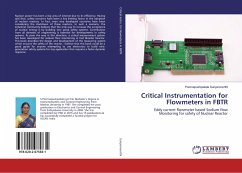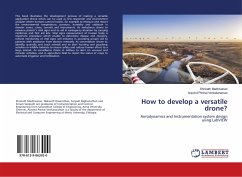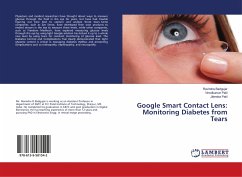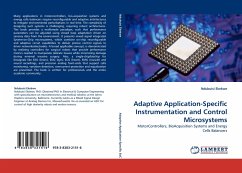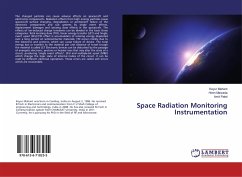
Space Radiation Monitoring Instrumentation
Versandkostenfrei!
Versandfertig in 6-10 Tagen
24,99 €
inkl. MwSt.

PAYBACK Punkte
12 °P sammeln!
The charged particles can cause adverse effects on spacecraft and electronics components. Radiation effects from high energy particles cause spacecraft surface charging, degradation or permanent failure of the electronic components and sub systems by single event effects, displacement damages and ionizing dose effects in the spacecraft. The effects of ion-induced charge transients can be divided in the basic three categories: Total ionizing dose (TID), linear energy transfer (LET) and Single event upset (SEU).TID effect is accumulation of ionizing energy deposited over a long period on semicon...
The charged particles can cause adverse effects on spacecraft and electronics components. Radiation effects from high energy particles cause spacecraft surface charging, degradation or permanent failure of the electronic components and sub systems by single event effects, displacement damages and ionizing dose effects in the spacecraft. The effects of ion-induced charge transients can be divided in the basic three categories: Total ionizing dose (TID), linear energy transfer (LET) and Single event upset (SEU).TID effect is accumulation of ionizing energy deposited over a long period on semiconductor materials. TID occurs mostly due to the electrons and protons, which can cause failure of device. The total energy loss or transfer to the material per unit distance of travel trough the material is called LET Electronic devices can be disturbed by the passage of energetic electrons, protons or heavier ions that may alter the state of a circuit, producing "single event effects". SEU and multiple-bit upset (MBU) which change the logic state of internal nodes of the circuit. It can be reset by different electrical operations. These errors are called soft errors which are recoverable.



